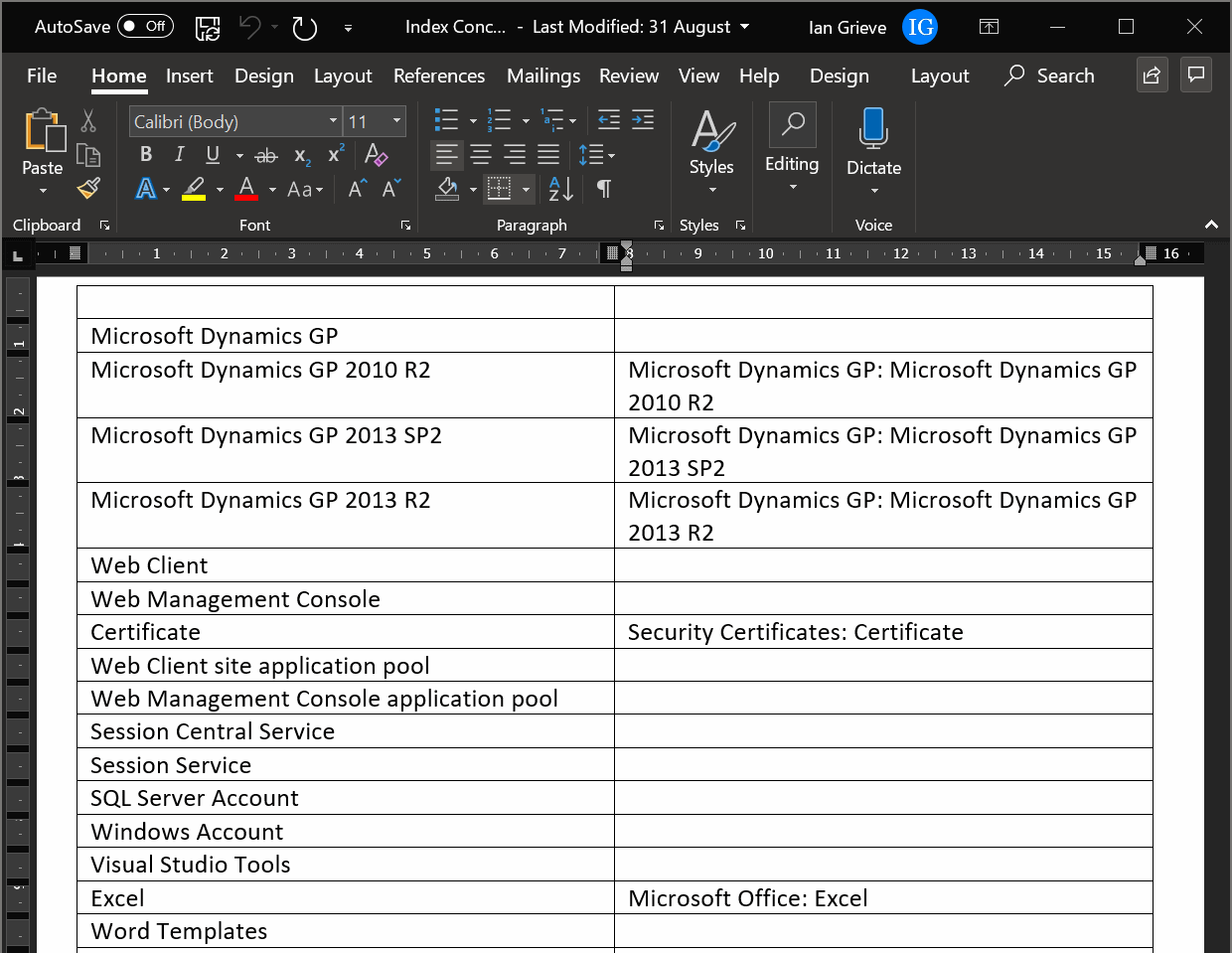 On Tuesday last week, 10th January 2023, the last version of Microsoft Dynamics NAV supported by Microsoft under mainstream support, which was NAV 2018, moved out of mainstream support into extended support.
On Tuesday last week, 10th January 2023, the last version of Microsoft Dynamics NAV supported by Microsoft under mainstream support, which was NAV 2018, moved out of mainstream support into extended support.
Microsoft’s “Modern Lifecycle” policy means that applications like Dynamics NAV have mainstream support for 5 years followed by 5 years of extended support.
Under mainstream support products receive new features, security updates and non-security updates, but under extended support they only receive security updates.
This is not unexpected news as Microsoft replaced Dynamics NAV with Microsoft Dynamics 365 Business Central some time ago, so the natural progression for Dynamics NAV users to to upgrade to Dynamics BC. Saying “replaced” makes this sound a much bigger change than it actually is, because Dynamics BC is basically Dynamics NAV with a new web-based front-end which is usually hosted by Microsoft in their cloud, although you can also have an on-premise installation of Dynamics BC.
Dynamics NAV partners can still support that product for clients during, and even after, extended support, but my recommendation to clients is to always be running a version under mainstream support. Partner support can only go so far with resolving issues if the product isn’t under mainstream support as they can’t escalate a case if needed. While I am new to Dynamics BC (and NAV), I worked with Microsoft Dynamics GP for 19 years and did have clients encounter problems with the application caused by upgrades to Windows, SQL Server or Office which required an upgrade to be undertaken quickly to get the system back up and running.
This is the risk you take when using software which is outside of mainstream support; to reiterate my recommendation from earlier: contact your support partner and discuss the steps required to upgrade from Dynamics NAV to Dynamics BC and you will not only mitigate this risk, but also get access to the latest functionality in Dynamics BC which has been seeing constant improvements.
 This script is part of the SQL Scripts for Microsoft Dynamics GP where I will be posted the scripts I wrote against Microsoft Dynamics GP over the 19 years before I stopped working with Dynamics GP.
This script is part of the SQL Scripts for Microsoft Dynamics GP where I will be posted the scripts I wrote against Microsoft Dynamics GP over the 19 years before I stopped working with Dynamics GP.









